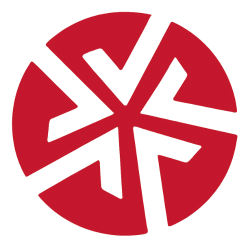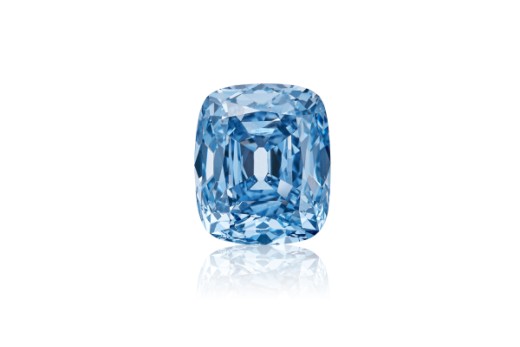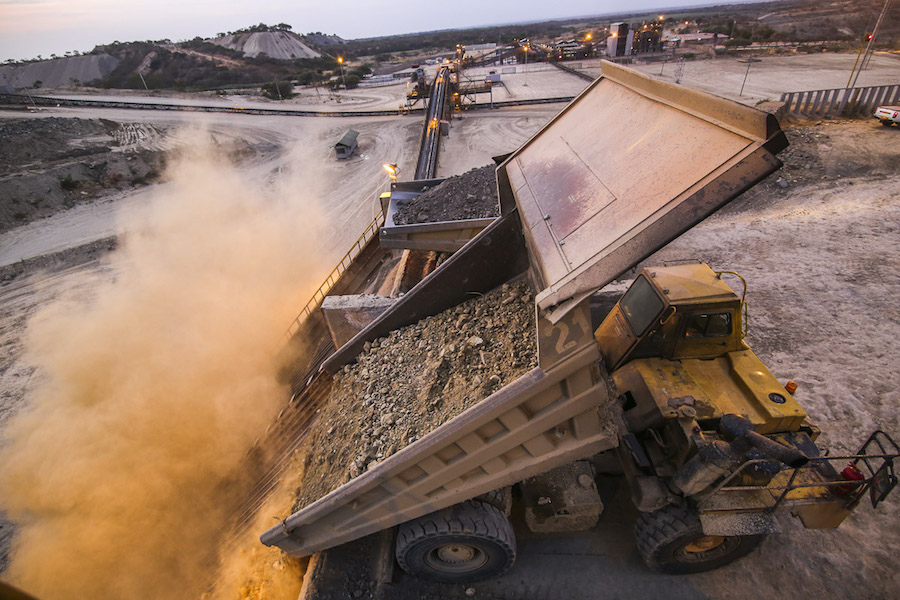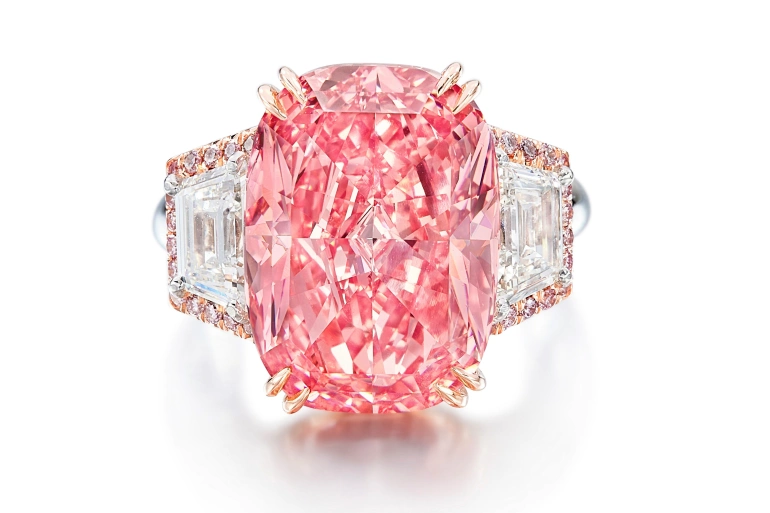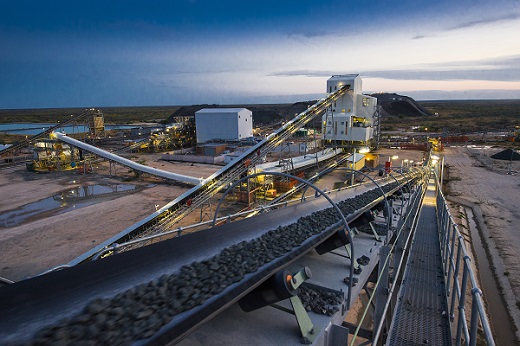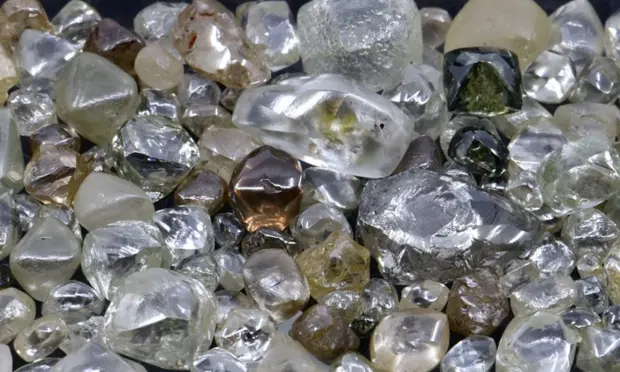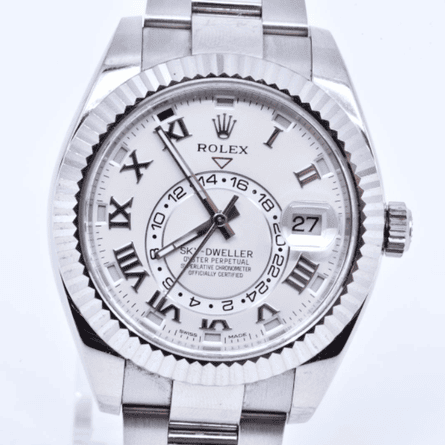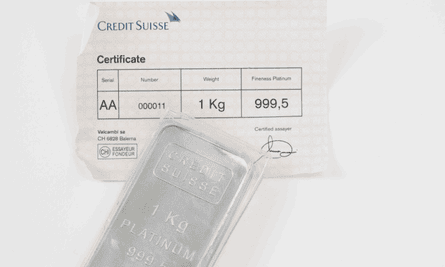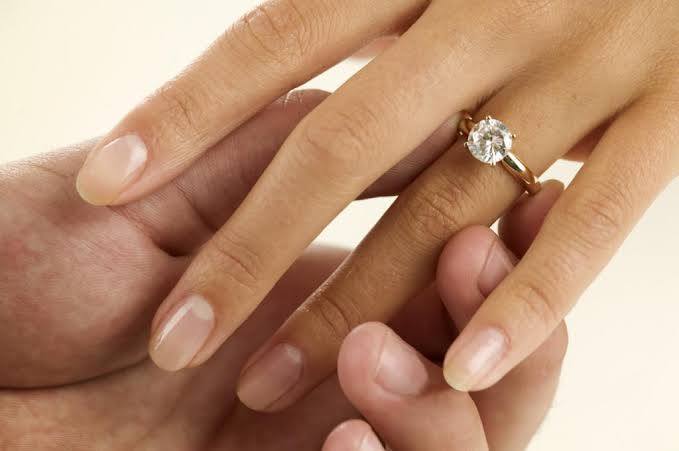
Diamonds, Gemstones and precious metals can all be damaged.
Caring for your engagement ring or Jewellery will maintain the quality and beauty.
Rule of thumb is gently cleaning your ring and jewellery every so often with soapy water and light brushing. An Old tooth brush will help get into the hard to reach places.
Visit your Jeweller at least once a year for a ring health check. This should include a check of the strength of the setting and the stability of the stone.
When storing your ring, like during overseas travel, ensure the jewellery is in a secure place.
It is recommend insuring your ring for its full replacement value. If you bought at a reduced price, it may not be possible to replace at the same value in the future.
An engagement ring or heirloom may be a prized possession, with irreplaceable sentimental value. Be Certin it is protected correctly.
When visiting your Jeweller ask for the jewelry to be cleaned.
This is usually done while you wait in an ultra sound cleaner.
Avoid using chemicals or bleach when cleaning your jewelry. Some could damage gems and the finish of the item.
Never use abrasives on precious metals. The finish and integrity could be compromised and require a Jeweller to repair or polish.
All precious metals will lose the high polished shine over time. It is easy for your Jeweller to bring back the shine. Have your Jeweller check the item annually and advise on maintenance.
It is realistic to re-polish Platinum and Gold Jewellery every couple of years to maintain its smooth surface and shine.
White metal may be rhodium plated, this will wear in time and needs to be redone every few years to restore its colour and luster.
This process is inexpensive and will bring back the original look.
Store your jewellery safely.
If you’re not wearing your ring be sure you have a safe or a good lockup place for your ring or jewellery .
Remove your ring during hands-on activities.
Jewellery is easily damaged so avoid wearing the item while doing -heavy handed activities like moving furniture, gardening, lifting weights.
Depending on the type of gem, You may also want to remove your ring when you swim in chemically treated water.
Don’t remove your ring in public.
While it may be tempting to remove your ring while washing your hands, Don’t, it could slide down the drain or you might forget it altogether.
Insuring Your Engagement Ring
Have your ring valued, and have the value checked if the currency rate changes.
Make sure you insure it for its full like for like replacement.
Source: Certin
